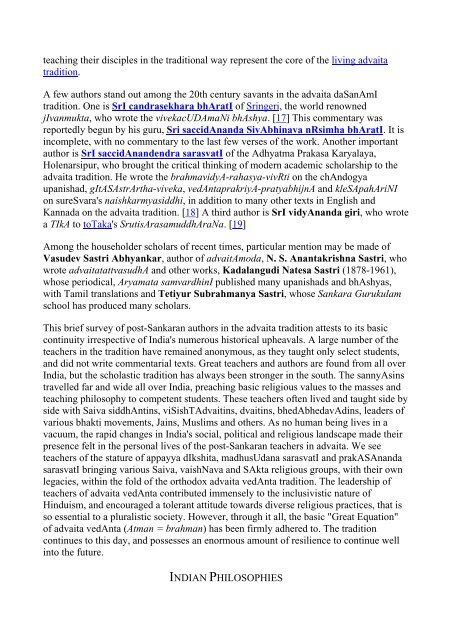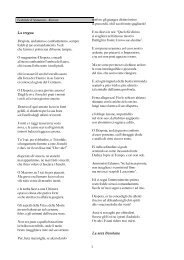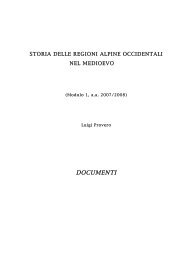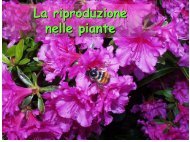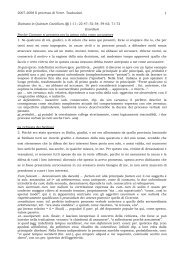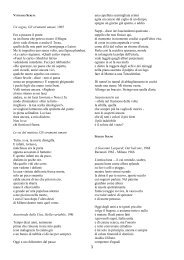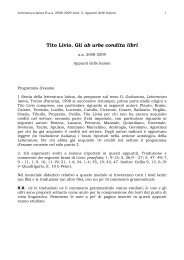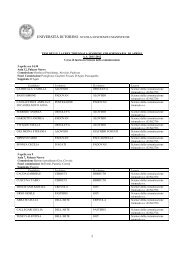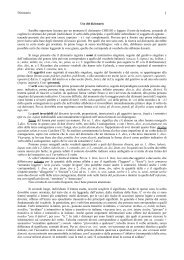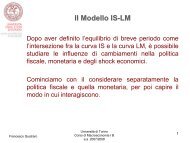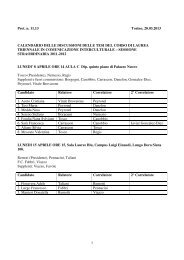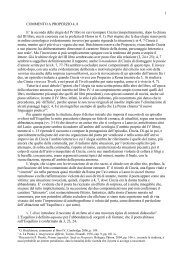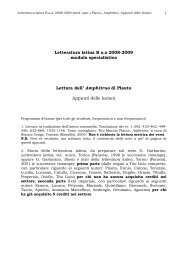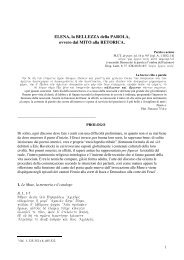ajAti vAda
ajAti vAda
ajAti vAda
Create successful ePaper yourself
Turn your PDF publications into a flip-book with our unique Google optimized e-Paper software.
teaching their disciples in the traditional way represent the core of the living advaita<br />
tradition.<br />
A few authors stand out among the 20th century savants in the advaita daSanAmI<br />
tradition. One is SrI candrasekhara bhAratI of Sringeri, the world renowned<br />
jIvanmukta, who wrote the vivekacUDAmaNi bhAshya. [17] This commentary was<br />
reportedly begun by his guru, Sri saccidAnanda SivAbhinava nRsimha bhAratI. It is<br />
incomplete, with no commentary to the last few verses of the work. Another important<br />
author is SrI saccidAnandendra sarasvatI of the Adhyatma Prakasa Karyalaya,<br />
Holenarsipur, who brought the critical thinking of modern academic scholarship to the<br />
advaita tradition. He wrote the brahmavidyA-rahasya-vivRti on the chAndogya<br />
upanishad, gItASAstrArtha-viveka, vedAntaprakriyA-pratyabhijnA and kleSApahAriNI<br />
on sureSvara's naishkarmyasiddhi, in addition to many other texts in English and<br />
Kannada on the advaita tradition. [18] A third author is SrI vidyAnanda giri, who wrote<br />
a TIkA to toTaka's SrutisArasamuddhAraNa. [19]<br />
Among the householder scholars of recent times, particular mention may be made of<br />
Vasudev Sastri Abhyankar, author of advaitAmoda, N. S. Anantakrishna Sastri, who<br />
wrote advaitatattvasudhA and other works, Kadalangudi Natesa Sastri (1878-1961),<br />
whose periodical, Aryamata samvardhinI published many upanishads and bhAshyas,<br />
with Tamil translations and Tetiyur Subrahmanya Sastri, whose Sankara Gurukulam<br />
school has produced many scholars.<br />
This brief survey of post-Sankaran authors in the advaita tradition attests to its basic<br />
continuity irrespective of India's numerous historical upheavals. A large number of the<br />
teachers in the tradition have remained anonymous, as they taught only select students,<br />
and did not write commentarial texts. Great teachers and authors are found from all over<br />
India, but the scholastic tradition has always been stronger in the south. The sannyAsins<br />
travelled far and wide all over India, preaching basic religious values to the masses and<br />
teaching philosophy to competent students. These teachers often lived and taught side by<br />
side with Saiva siddhAntins, viSishTAdvaitins, dvaitins, bhedAbhedavAdins, leaders of<br />
various bhakti movements, Jains, Muslims and others. As no human being lives in a<br />
vacuum, the rapid changes in India's social, political and religious landscape made their<br />
presence felt in the personal lives of the post-Sankaran teachers in advaita. We see<br />
teachers of the stature of appayya dIkshita, madhusUdana sarasvatI and prakASAnanda<br />
sarasvatI bringing various Saiva, vaishNava and SAkta religious groups, with their own<br />
legacies, within the fold of the orthodox advaita vedAnta tradition. The leadership of<br />
teachers of advaita vedAnta contributed immensely to the inclusivistic nature of<br />
Hinduism, and encouraged a tolerant attitude towards diverse religious practices, that is<br />
so essential to a pluralistic society. However, through it all, the basic "Great Equation"<br />
of advaita vedAnta (Atman = brahman) has been firmly adhered to. The tradition<br />
continues to this day, and possesses an enormous amount of resilience to continue well<br />
into the future.<br />
INDIAN PHILOSOPHIES


